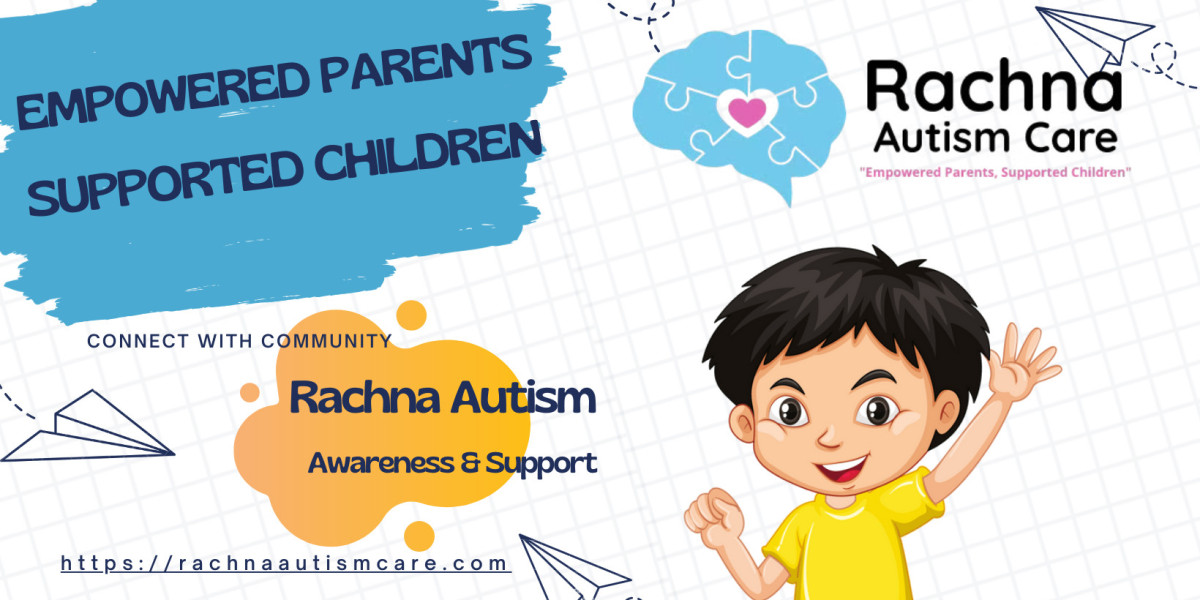The jumping of autistic kids is one of the most typical self-stimulatory behaviors that parents might notice- right next to spinning. "Jumping occurs when some children on the spectrum feel only light weight of play; for some, it has become an excessive or intense behavior." Understanding this is the first step in lending support to your child with compassion.
In this blog, we will discuss why jumping occurs, what it communicates, and gentle ways to interfere with the jumping of an autistic child without blocking this natural urge to calm self.
Jumping In Why?
For an autistic child, jumping ceases to be an innocent pastime, because
-Sensory Regulation: Many autistic children have vestibular (balance) and proprioceptive (body awareness) sensory requirements. The action of jumping provides them with forceful stimulation to their bodies, helping them to feel grounded.
-Expressing Emotions: When excited, anxious, or overwhelmed, a child may display a bout of jumping. It becomes their way to express these emotions.
-Stimulation and Relaxation: Just like some children will hum or rock, others keep jumping up and down repetitively when they want to feel calm and comforted.
-Attention or Fun: Sometimes, children enjoy the sensation of jumping or want to share that with a friend.
Avoid considering jumping as 'poor conduct' or 'bad behavior' and see it for what it is- a form of communication from your child to you.
Is Jumping Wrong?
Jumping itself is harmless, and as a child development exercise, it can enhance motor skills and improve balance. However, some problems arise when:
- Jumping becomes excessive enough to impact learning or social interaction.
- Unsafe places (such as furniture, stairs, or crowded venues) are where it occurs.
- It disrupts family routine and creates stress.
For such scenarios, the common question asked by parents is, "How can I address this behavior while allowing it to continue?" By wisely managing the jumping autistic child in such a way that the child is encouraged to self-soothe and to redirect him or her towards safer, well-structured alternatives.
Gentle Ways to Manage Jumping in Autistic Children
These are some practical and compassionate options parents can try:
1. Make a Jumping Zone
This is a space in your house where your kid can jump freely and without restraint. A trampoline with safety nets, foam mats, or even a soft carpeted corner gives them a safe outlet with no breaks or risk.
? At Rachna Autism Care, we often encourage parents to use mini-trampolines as part of sensory diets.
2. Diversify Sensory Input
Sometimes providing alternatives with the same sensory input will limit the need for jumping. The following may give alternative outlets:
- Swinging or rocking chairs
- Deep-pressure inputs (with weighted blankets or bear hugs)
- Animal walks (frog jumps, crab walks) for proprioceptive input
3. Set Limits with No Shaming
If boundaries are crossed and your kid is jumping unsafe on furniture, gently redirect:
? Exclaim, “I hear you want to jump! Let’s go to the trampoline!”
? Nagging punishments may lead to anxiety and, thus, intensify the behavior.
4. Use Jumping as Reward or Break
Jumping can also become an instrumental tool for positive reinforcement. For example:
- "First we do our homework, then seventy-five jumping jacks!"
- Use jumping as a break during task periods of great stress for your child.
Thus, regulation will be moderated with learning.
5. Tracking Triggers and Patterns
Keep a journal of when your child jumps the most—under stress, excitement, or during transitions. Recognizing triggers can help you prepare with distraction tools (activities for calming or sensory breaks).
6. Work with Therapists
An OT can provide a sensory diet for your child with jumping as a major component, done in safe, structured ways. Other options to consider might be with speech or behavior therapists to address communication and regulation.
?If you're looking for professional support, Rachna Autism Care provides personalized therapy plans for families.
Supporting Parents Along the Journey
As parents, it is really important to remember that stimming, including jumping, is not something to be "healed." Rather, it is a part of how your kid feels and interacts with this world. By understanding and managing stimming judiciously, you lend an empowering hand to your child while bringing down the level of tension at your household.
Instead of the initial line of thinking-being to stop the behavior-points toward an alternative healthy view: creating an environment that nurtures your child's physical, emotional, and social success.
At Rachna Autism Care, we encourage parents to look into stimming as a form of communication and work to provide means to cultivate this movement in safe and meaningful ways. Whether through sensory-focused activities, organized play, or emotional support, these steps will build confidence in your child.
Conclusions
Jumping is a natural and often joyful form of stimming for autistic children. By reframing it as a form of expression, parents can respond with empathy instead of worry. Through safe spaces, structured alternatives, and therapeutic support, you can balance regulation with learning and safety.







